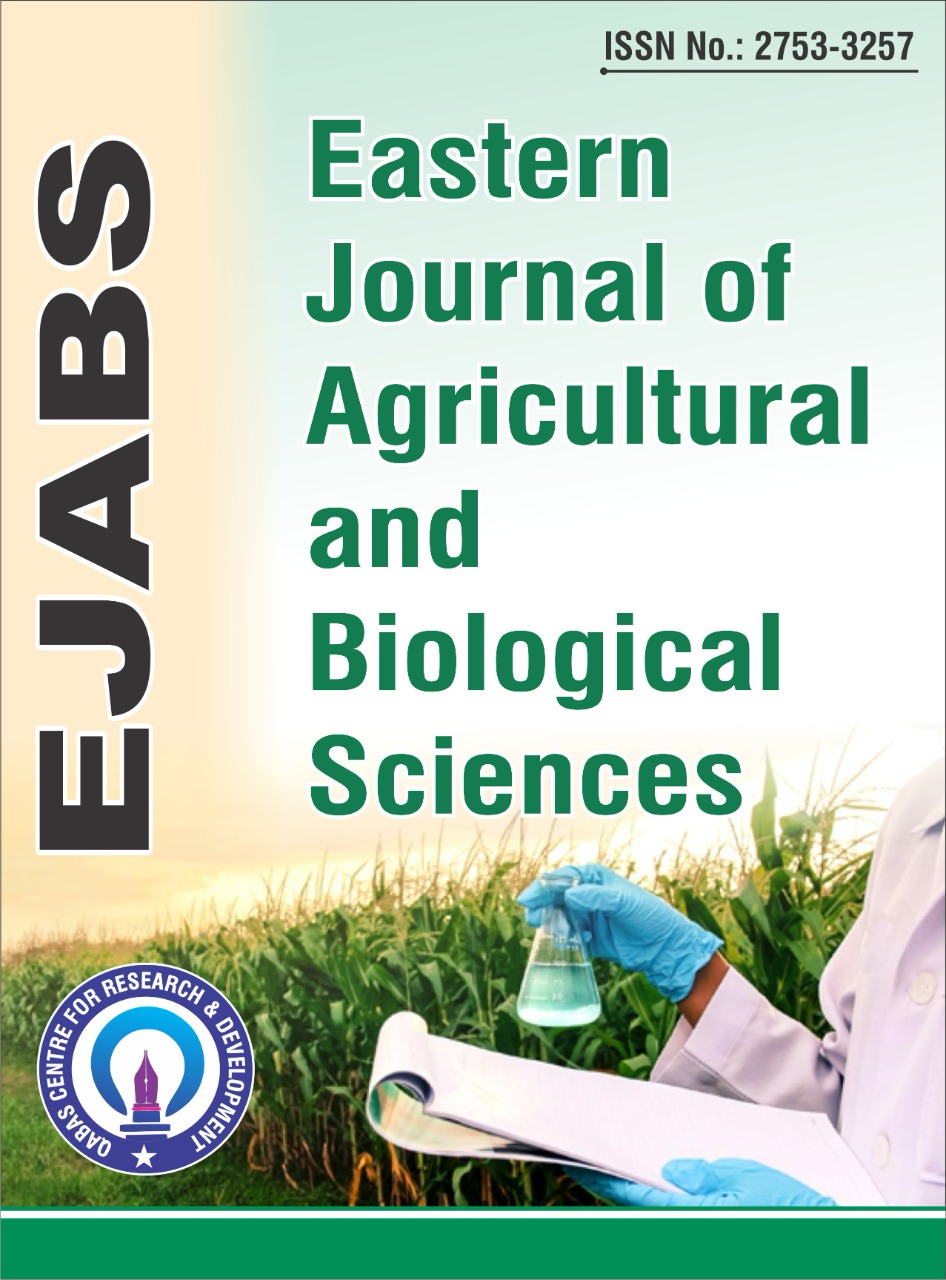Study the effect of willow bark extracts on lipase activity
Abstract
The willow tree (genus Salix, family Salicaceae) is one of the fast-growing deciduous trees or shrubs. This tree is found all over the world and grows mostly in temperate regions. Willow bark contains many metabolites like phenolic glycosides, flavonoids, tannins, and phenolic acids. Beside that lipases can hydrolyze triglycerides and play a critical role in numerous industrial food processes and the activation or inhibition of this enzyme has many benefits in many of these industries. The effect of willow bark extracts of aqueous, ethanol, ethyl acetate, hexane on lipase activity was studied. The highest percentage of inhibition was observed with ethyl acetate and aqueous extracts, which found to be 85 and 61.43 % respectively. The lipase Inhibition by the presence of these extracts was investigated by drawing Lenweaver-Burk plot using different concentrations of para-nitro phenyl acetate as substrate. The results indicated that was noncompetitive inhibition mode using 2.5 mg/ ml of aqueous extract. The maximum velocity (Vmax) of lipase was reduced from 2.63 to 0.9 units /ml/ min. While, the results showed that was uncompetitive inhibition mode using 3 mg/ ml ethyl acetate extract. Vmax of lipase was which reduced from 2.63 to 1.03 units /ml/ min. On the other side, The effect of willow bark extracts by Soxhlet apparatus using the solvents petroleum ether, ethyl acetate, methanol on lipase activity was carried out. it was found the highest activation percentage was methanol extract, which founted to be 53.1%. However, the ethyl acetate and petroleum ether extracts had an activation percentage 51.6 and 23.3% respectively comparing with control.









